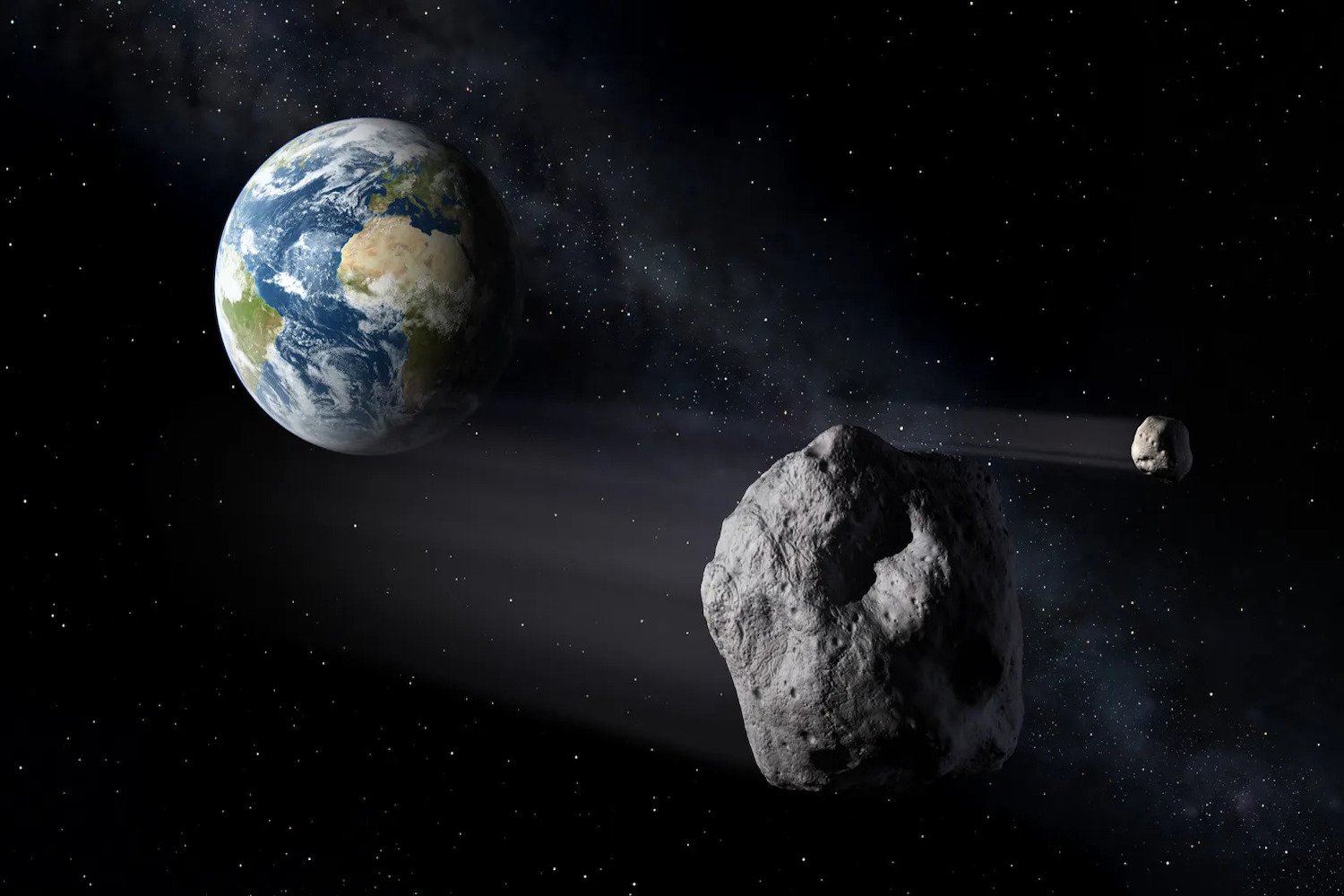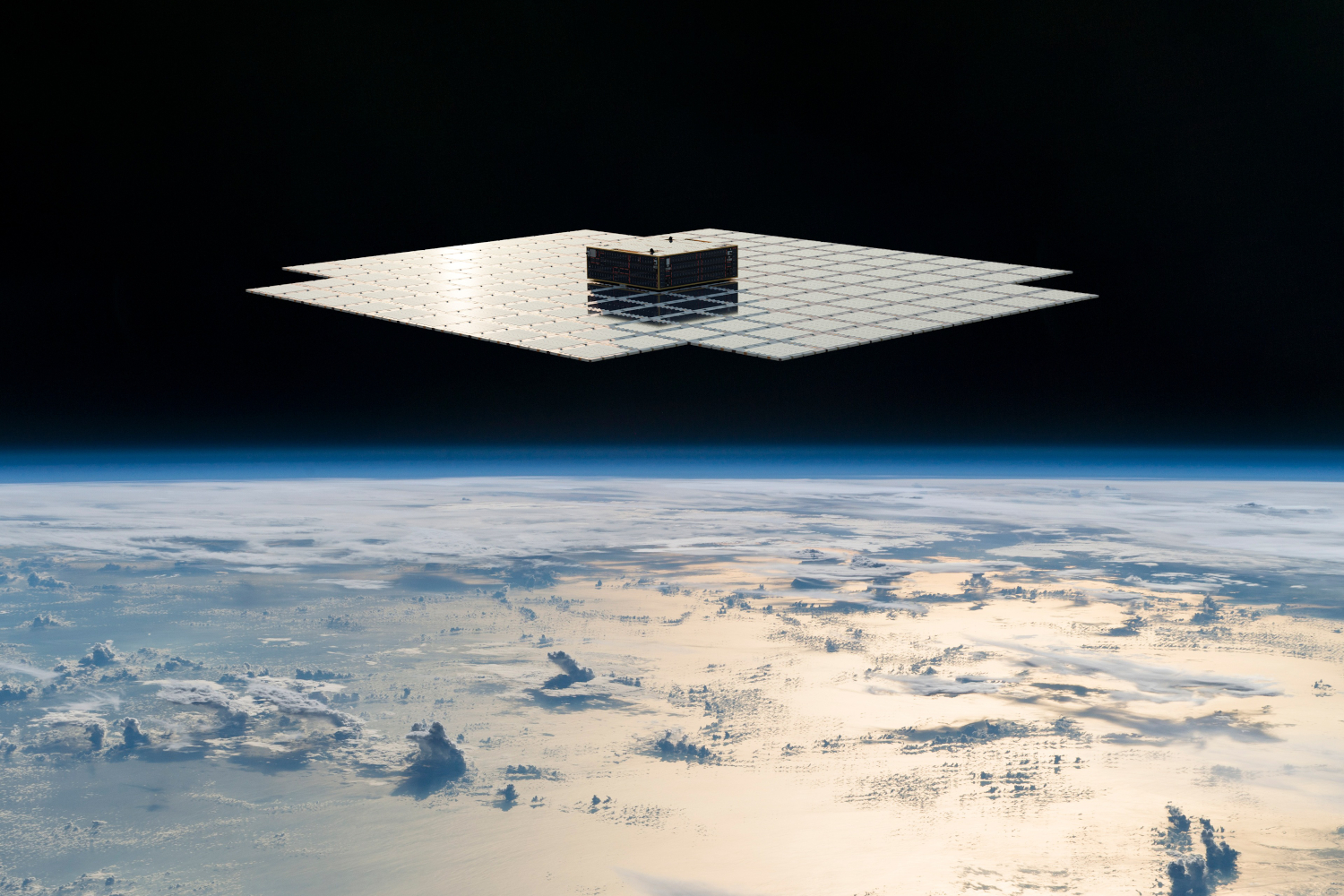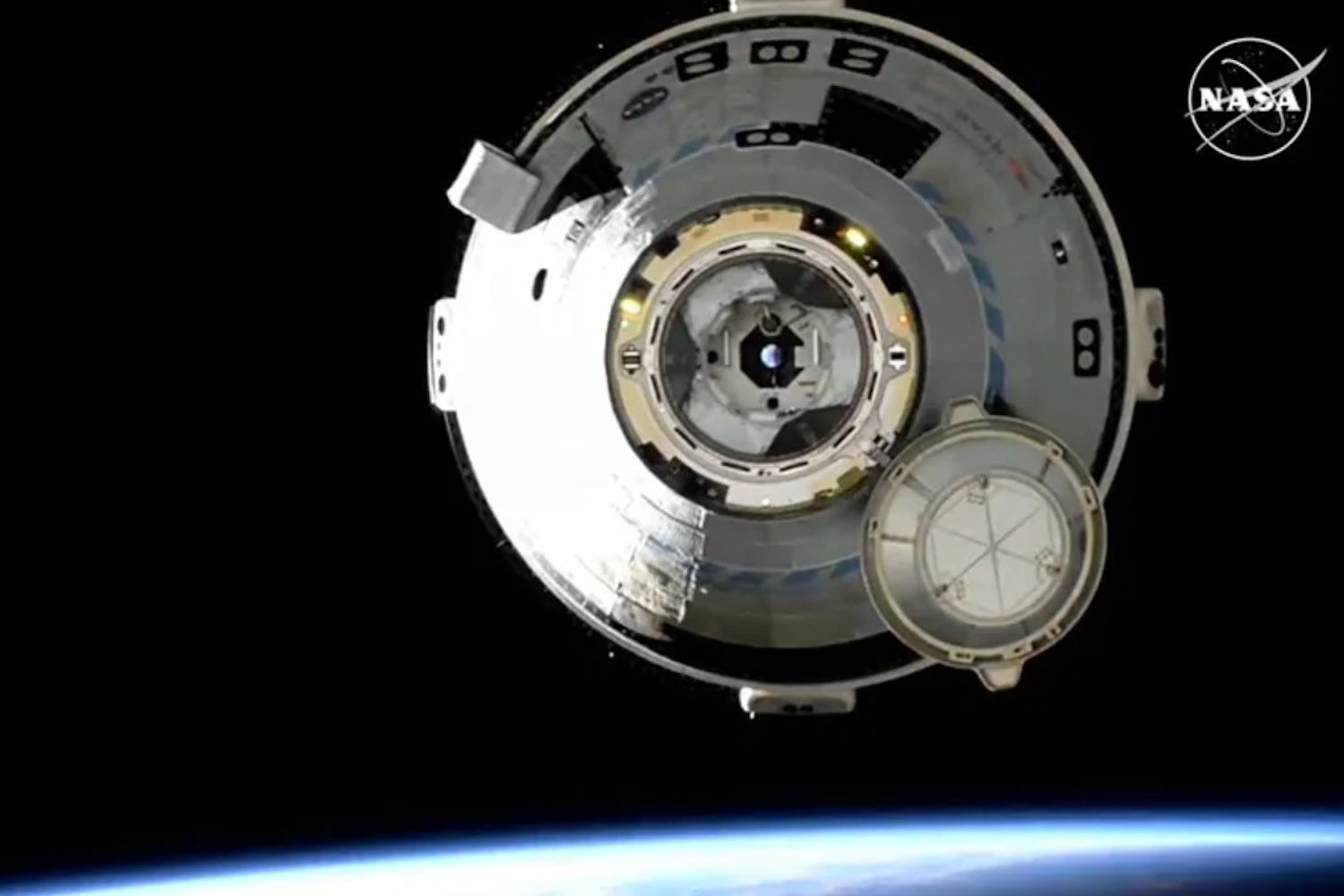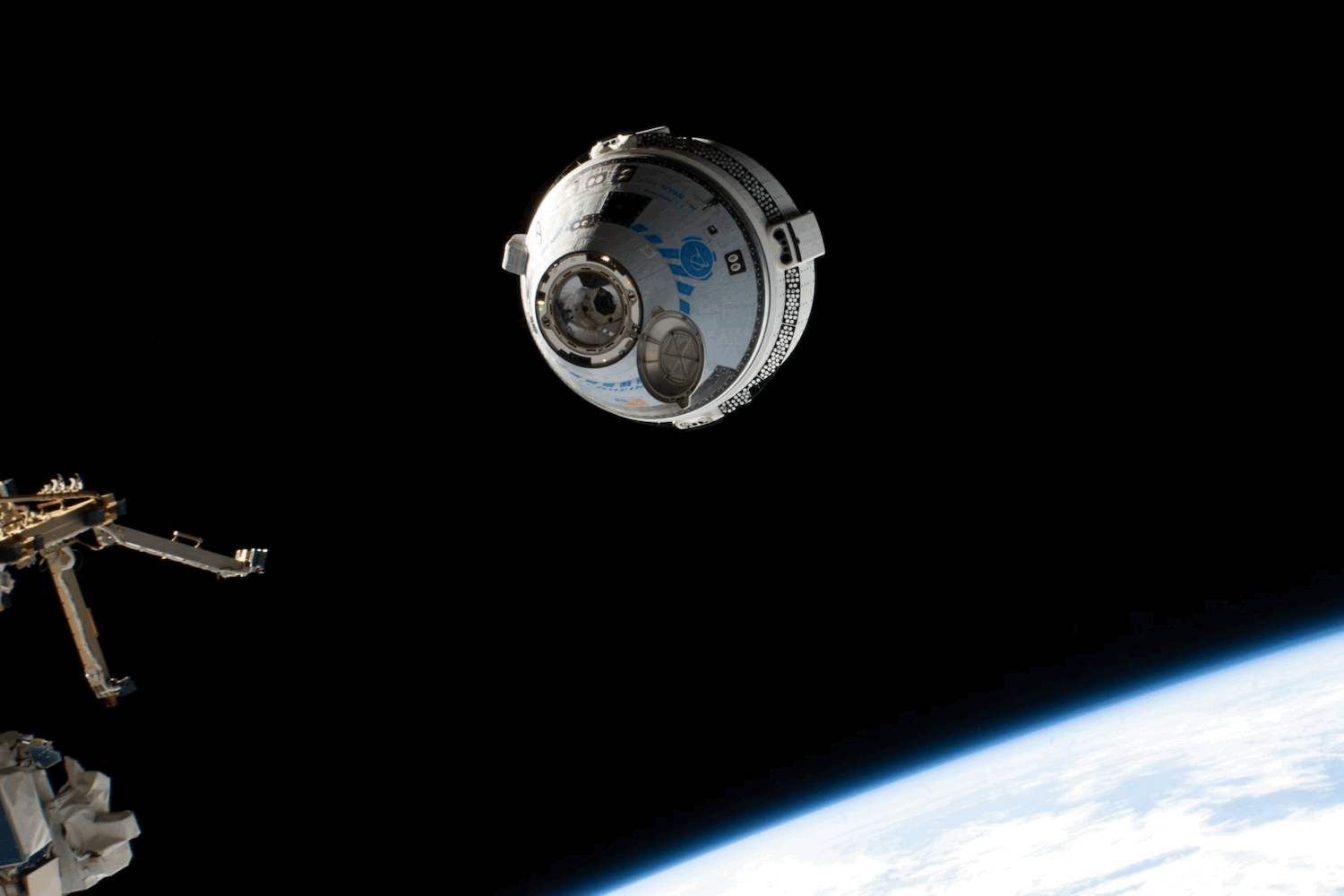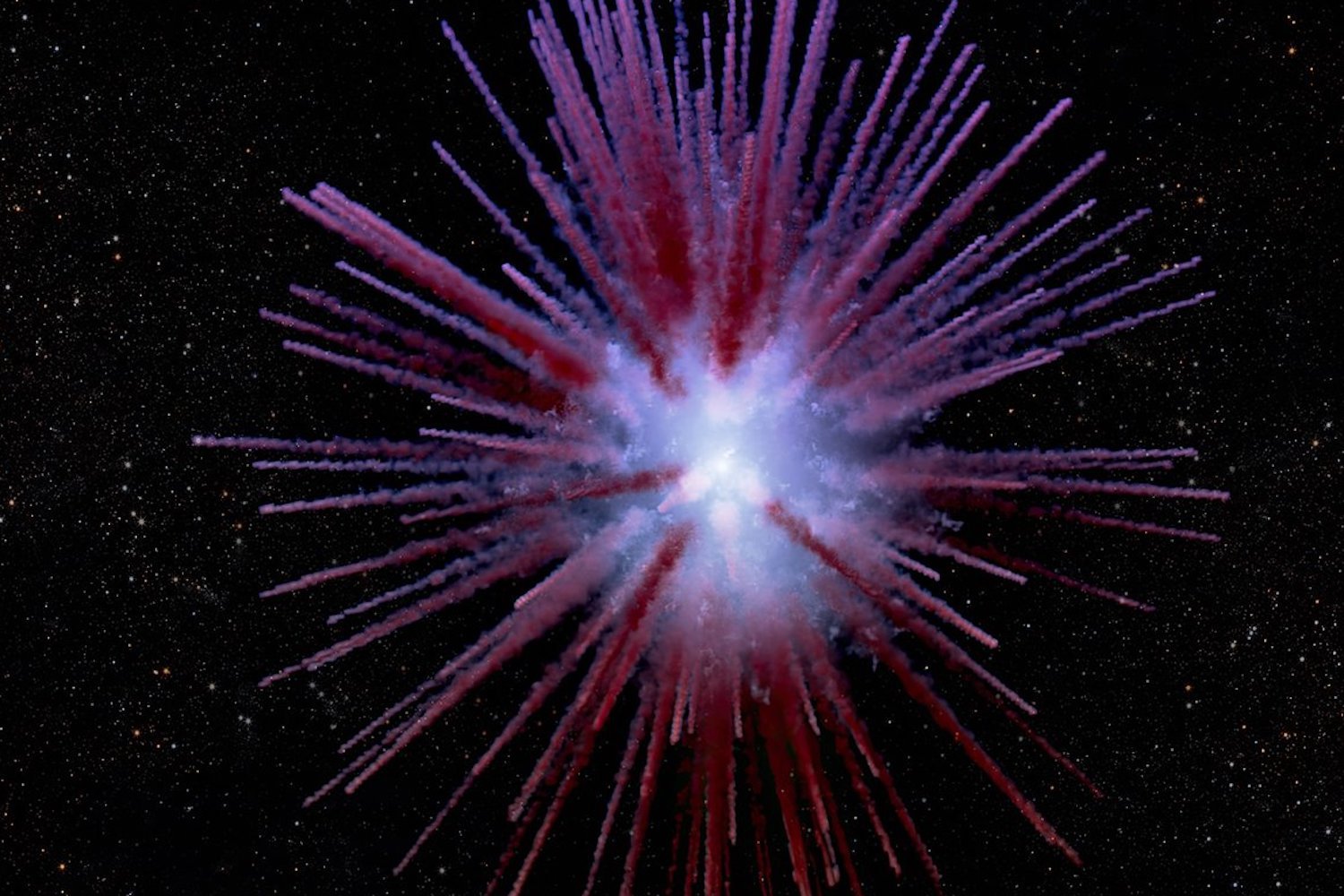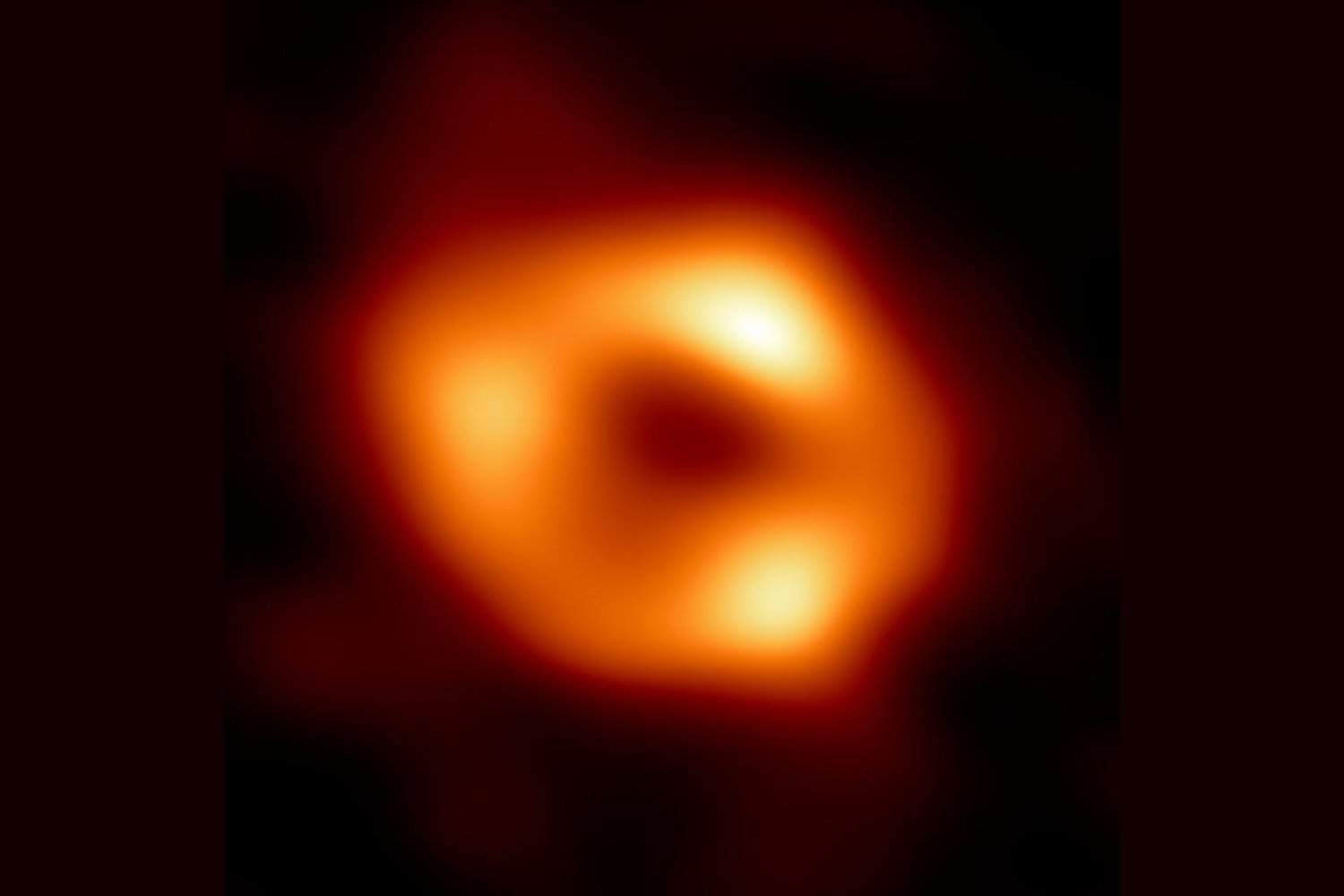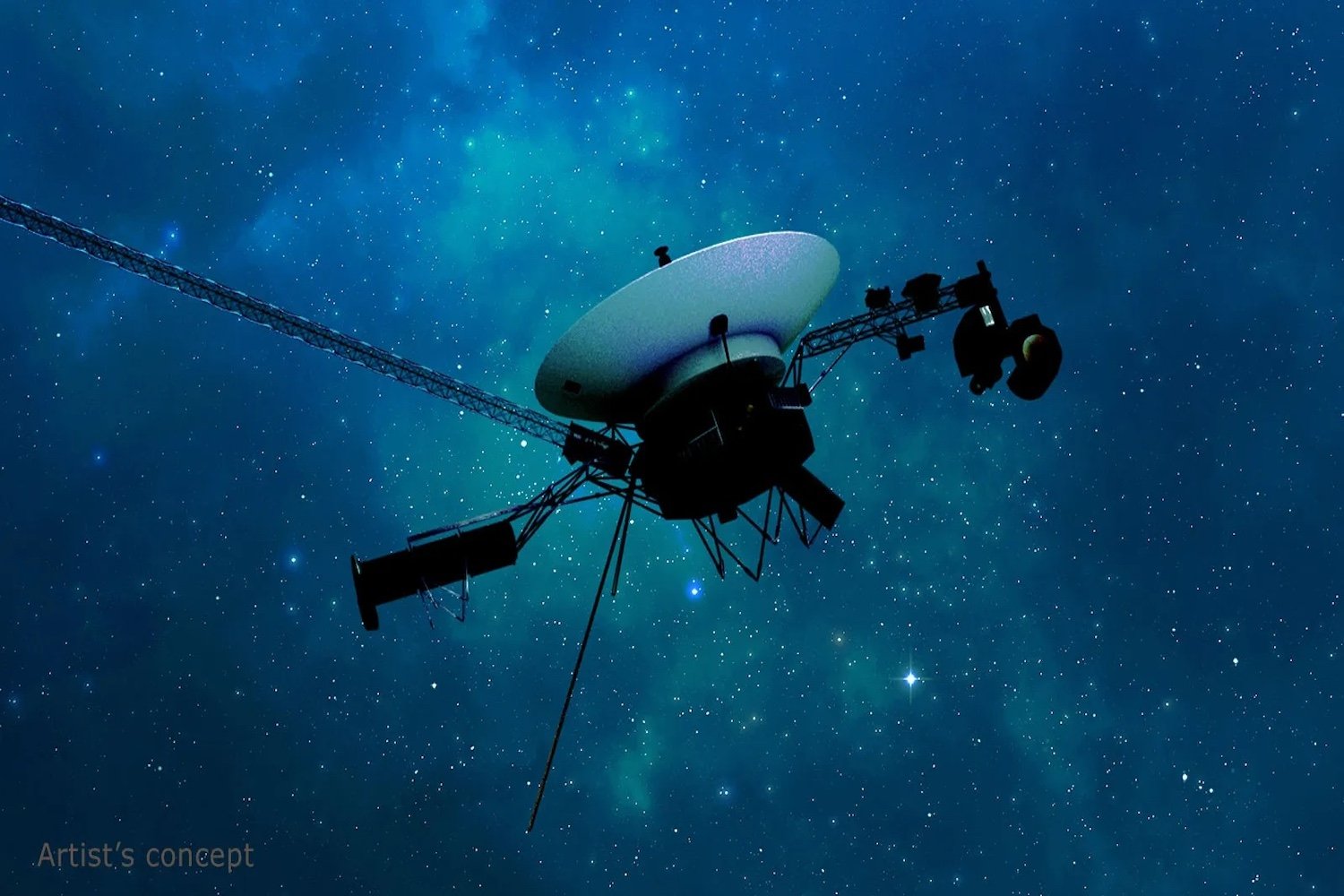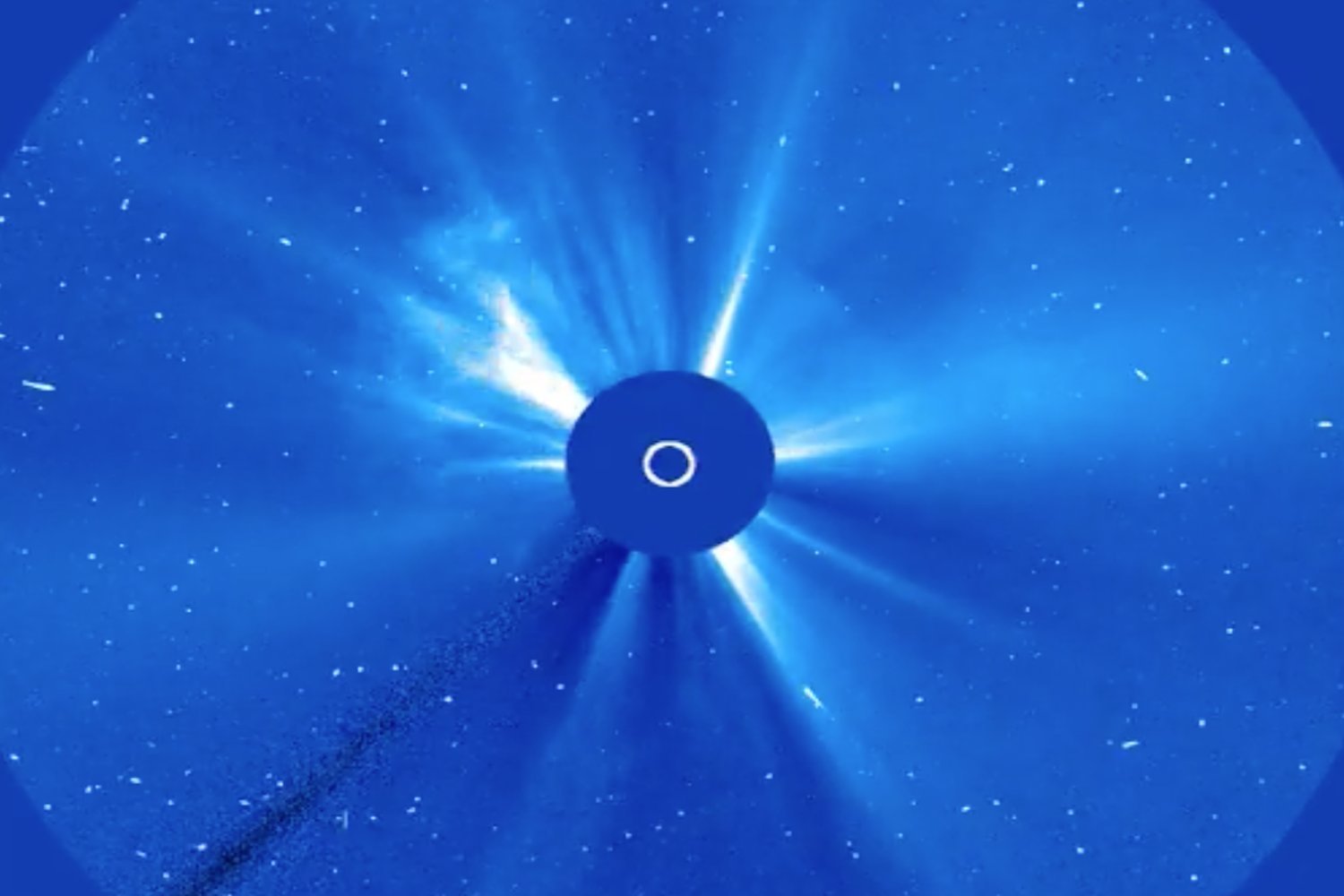On October 24th, five asteroids will approach Earth, sparking interest but posing no threat. Contrary to any doomsday scenarios, these space rocks are not extinction-level events, and their calculated trajectories show they will safely pass our planet. Only one qualifies as a potentially hazardous asteroid, but even it won’t come close enough to cause concern.
Let’s delve into the details of these celestial visitors. Potentially hazardous asteroids (PHAs) are defined by two criteria: their proximity to Earth and their size. A PHA’s closest approach must be within 0.05% of the average Earth-Sun distance, approximately 4.65 million miles (7.5 million kilometers). They must also have an absolute magnitude of 22 or less, correlating to a size of at least 500 feet (140 meters) in diameter. This magnitude helps estimate the asteroid’s size based on its brightness.
The largest of the five asteroids, designated NV16, has been tracked since 2022. With an absolute magnitude of 21.4, it’s estimated to be around 580 feet (177 meters) in diameter, roughly one-third the height of One World Trade Center. While an impact from an asteroid this size could cause significant regional damage, NV16 is projected to pass at a safe distance of 2.81 million miles (4.5 million kilometers). Furthermore, its next close approach won’t be until 2031, at an even greater distance of over 4 million miles (6.4 million kilometers). NV16 will be closest to Earth at 11:47 a.m. ET on Thursday, October 24th.
Just four minutes later, the much smaller asteroid TR6, measuring 150 feet (46 meters) across, will pass by at a distance of 3.5 million miles (5.6 million kilometers). The first asteroid of the day, HM1, is expected at 12:36 a.m. ET. This 100-foot (30-meter) space rock will pass at a comfortable distance of 3.4 million miles (5.5 million kilometers).
Following HM1 is TP17, discovered on October 12th, which will approach Earth at a distance of 2.9 million miles (4.6 million kilometers). This asteroid measures 170 feet (52 meters) across. Finally, TG14, the smallest of the group at 76 feet (23 meters), will conclude the day’s asteroid flybys with a pass at 1.6 million miles (2.5 million kilometers) during the early evening.
It’s crucial to emphasize that none of these asteroids pose a threat to Earth. These close approaches offer valuable opportunities for astronomers to study these celestial bodies and refine our understanding of their orbits. So, rest assured and carry on with your day, knowing that these cosmic neighbors are simply making a brief visit, with no intention of overstaying their welcome.



